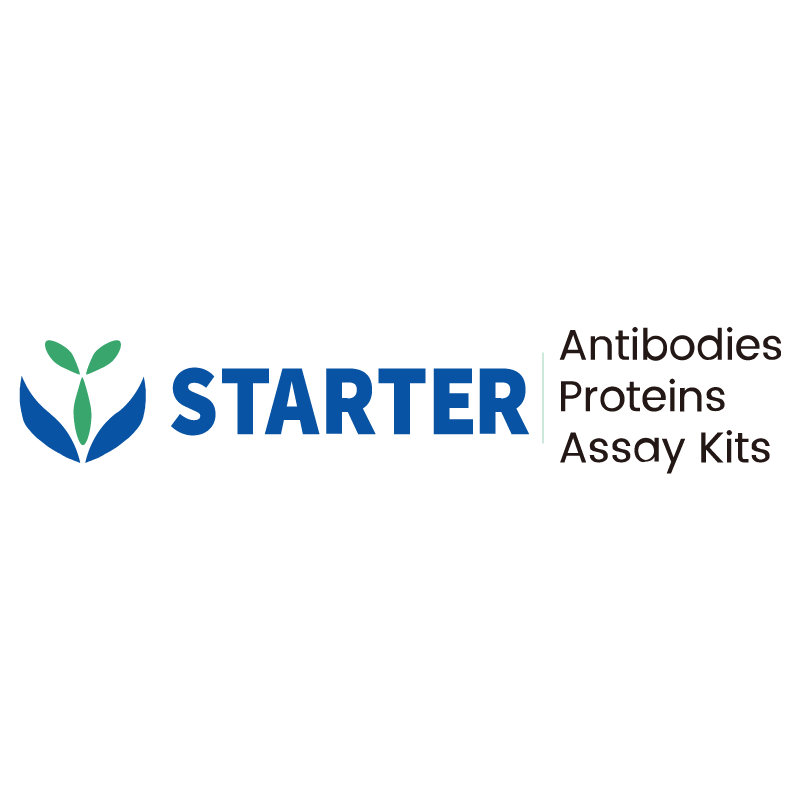2 μg(R: reducing conditions)
Product Details
Product Details
Product Specification
| Species | Human |
| Synonyms | Gamma-interferon-induced monokine, Monokine induced by interferon-gamma (HuMIG; MIG), Small-inducible cytokine B9, CMK, MIG, SCYB9 |
| Accession | Q07325 |
| Amino Acid Sequence | Protein sequence (Q07325, Thr23-Thr125, with C-10*His) TPVVRKGRCSCISTNQGTIHLQSLKDLKQFAPSPSCEKIEIIATLKNGVQTCLNPDSADVKELIKKWEKQVSQKKKQKNGKKHQKKKVLKVRKSQRSRQKKTTGGGGSHHHHHHHHHH |
| Expression System | HEK293 |
| Molecular Weight | Predicted MW: 13.4 kDa Observed MW: 16, 17, 18 kDa |
| Purity | >95% by SDS-PAGE |
| Endotoxin | <1EU/μg |
| Tag | with C-10*His |
| Physical Appearance | Lyophilized Powder |
| Storage Buffer | Lyophilized from a 0.2 μm filtered solution of 0.2M PBS, pH7.4. |
| Reconstitution | Reconstitute no more than 1 mg/mL according to the size in deionized water after rapid centrifugation. |
| Stability & Storage | 12 months from date of receipt, -20 to -70 °C as supplied. 6 months, -20 to -70 °C under sterile conditions after reconstitution. 1 week, 2 to 8 °C under sterile conditions after reconstitution. Please avoid repeated freeze-thaw cycles. |
Background
Chemokine (C-X-C motif) ligand 9 (CXCL9) is a small cytokine belonging to the CXC chemokine family that is also known as monokine induced by gamma interferon (MIG). The CXCL9 is one of the chemokine which plays role to induce chemotaxis, promote differentiation and multiplication of leukocytes, and cause tissue extravasation. The CXCL9/CXCR3 receptor regulates immune cell migration, differentiation, and activation. Immune reactivity occurs through recruitment of immune cells, such as cytotoxic lymphocytes (CTLs), natural killer (NK) cells, NKT cells, and macrophages. Th1 polarization also activates the immune cells in response to IFN-γ. Tumor-infiltrating lymphocytes are a key for clinical outcomes and prediction of the response to checkpoint inhibitors. In vivo studies suggest the axis plays a tumorigenic role by increasing tumor proliferation and metastasis. CXCL9 predominantly mediates lymphocytic infiltration to the focal sites and suppresses tumor growth. It is closely related to two other CXC chemokines called CXCL10 and CXCL11. CXCL9, CXCL10 and CXCL11 all elicit their chemotactic functions by interacting with the chemokine receptor CXCR3.
Picture
Picture
SDS-PAGE


